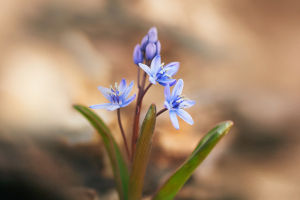Fir trees, part of the genus Abies in the pine family, are not a single species but a group of evergreen trees. They typically grow up to 40 meters tall, with trunks that can reach a diameter of 1 meter. The bark is gray or dark gray, and the inner bark is reddish. The bark cracks into irregular thin strips and stays attached to the tree.
In China, fir trees have been admired for centuries. A poem by Tang Dynasty poet Du Mu describes the fir tree as having a green canopy and red flowers. China is home to 28 species of fir trees, making it the country with the most fir species globally.
Balsam Fir tree from Green Valley Christmas Trees
video by Green Valley Christmas Trees
Characteristics of Fir Trees
Fir trees have straight trunks with branches that grow in whorls. The young shoots are light brown or grayish-yellow, and the older branches turn a dull gray. The wood is light brown or yellow-brown with a red hue. It has a straight texture, with a smooth surface and a shiny appearance.
The leaves grow in two rows along the branches. They are slightly curved and have edges that may be rolled backward. The fir tree is evergreen, with flowers that bloom in May and cones maturing by October. The cones are oval or cylindrical, turning dark black or pale blue-black when ripe.
Where Fir Trees Thrive?
Fir trees grow across various regions worldwide, including Asia, Europe, North America, Central America, and northern Africa. They thrive in cool, humid climates and are often found on shaded mountain slopes or in valleys. Fir trees are also highly tolerant of shade and grow best in areas with good drainage and acidic soils.
These trees frequently grow alongside other species that prefer wet and cold environments, such as larches, hemlocks, and broadleaf trees.
Fir Trees: A Versatile Resource
In China, fir trees are found in regions like the Dadu River valley and the Qiyi River valley, where they form dense forests at elevations of 2000-4000 meters. Fir wood is durable and has an even texture, making it ideal for furniture and instruments. It’s also used for precision adhesives due to the resin found in the bark and branches.
Additionally, fir trees are popular as Christmas trees in some areas due to their conical shape, and they are widely used in landscaping.
Fir Trees in Romanian Culture
In Romania, the fir tree is considered the "Tree of Life." People believe its wood has protective powers and use it to carve gravestones. Fir wood is also used to make cradles for newborns, symbolizing divine protection. The fir tree is a central part of Romania’s forests and culture, and it holds deep symbolic value.
The Fir Tree: A "Living Fossil"
Fir trees have existed for millions of years, dating back to the Late Cretaceous period. They survived the Ice Age and are considered "living fossils."
Protecting Fir Trees for the Future
While some fir species are common and easy to propagate, others are rare and endangered. Conservation efforts are crucial to ensure these ancient trees survive. By establishing conservation zones and conducting research, experts hope to secure a future for fir trees and preserve their legacy.
Thanks for reading, Lykkers! Have you seen a fir tree in person? What do you love most about these trees?


